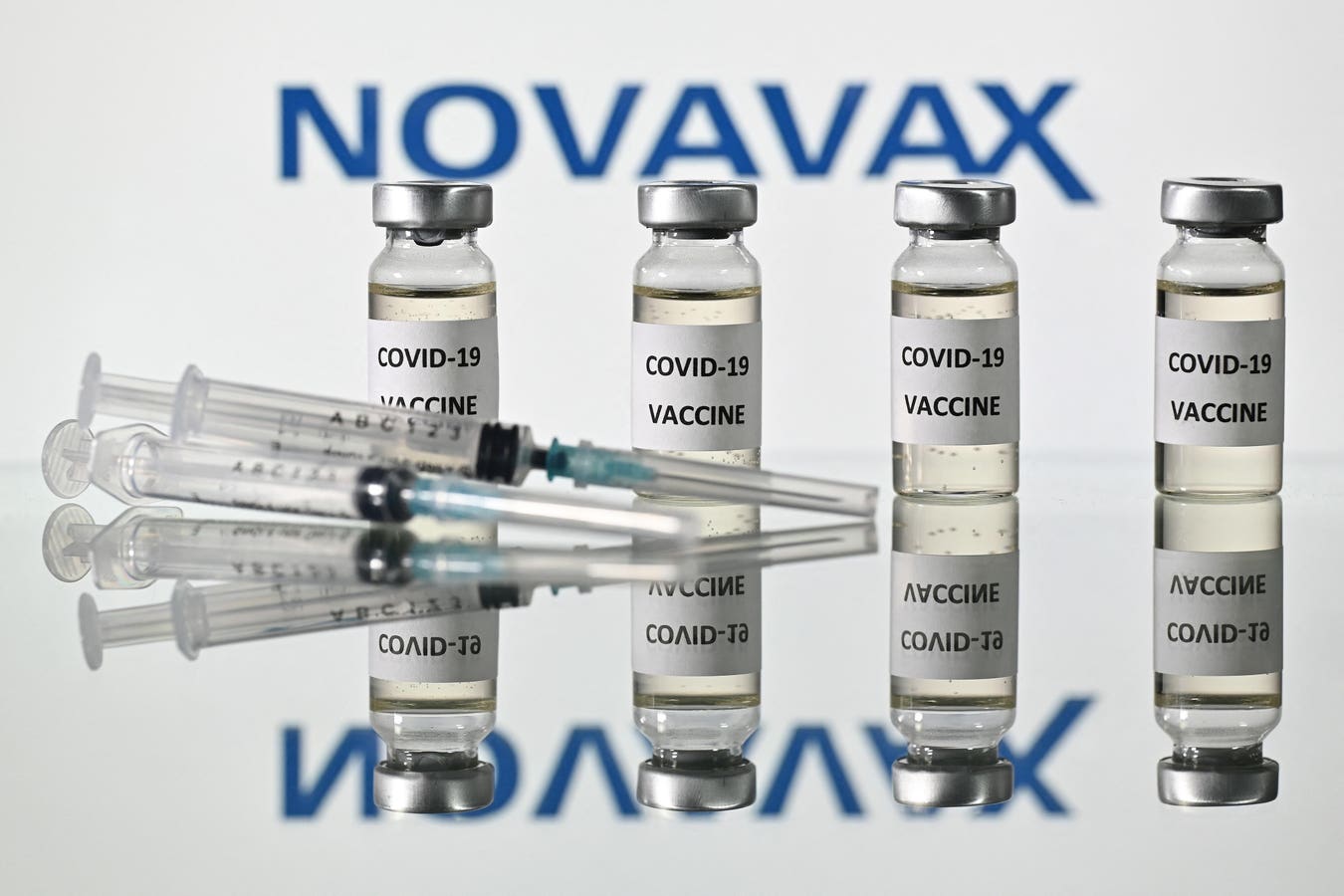Different types of air turbulence present unique challenges for detection and avoidance. The most dangerous type occurs in clear skies and is invisible to radar,
Houston Chronicle via Getty Images
Last week, severe turbulence forced Delta Flight 56 en route from Salt Lake City to Amsterdam to divert to Minneapolis. The event left 25 people injured and several hospitalized, a jarring reminder that although turbulence is a normal part of flight, it can be far from harmless.
This article is not about what Delta did or did not do when encountering severe turbulence. That is for the National Transportation Safety Board to determine. I want to talk about turbulence in terms of weather forecasting for the aviation industry and what airlines are doing today to address the risk.
Air travel remains exceptionally safe by historical standards, turbulence-related injuries are steadily rising. FAA data shows a 55% increase over the past decade, even as aircraft themselves continue to be engineered to withstand far more stress than they encounter in normal flight.
To understand how the industry is adapting, I spoke with my DTN colleague Scott Gilmore, who is a former commercial and military aviator. His view: turbulence forecasting has improved dramatically—but the real test is how fast crews can access and act on it.
Before we get into turbulence forecasting, here is a primer on turbulence.
Turbulence Classification And Risk Profiles
There are different types of air turbulence, but all turbulence is categorized from light to extreme. Light causes minor strain against seat belts, while moderate leads to stronger jolts and unsecured items shifting. Severe turbulence can throw occupants against the cabin, and, while rare, extreme turbulence can result in structural damage and serious injuries. Each type of turbulence presents unique challenges for detection and avoidance:
Clear Air Turbulence: Occurs in clear skies near jet streams and is invisible to radar, making it difficult to detect due to invisible atmospheric instability that often occurs in clear skies. CAT accounts for 65% of all turbulence-related injuries.
Convective Turbulence: Linked to thunderstorms and severe weather systems with strong vertical air currents. While often visible on radar, its intensity can change quickly and unexpectedly.
Wind Shear Turbulence: Caused by rapid changes in wind speed or direction, especially during takeoff and landing. It poses heightened risk during critical flight phases and has prompted major investments in detection systems.
Thermal Turbulence: Arises from rising warm air due to uneven surface heating, commonly in deserts or over land during daytime. It is generally predictable and manageable through altitude and route adjustments.
Mechanical Turbulence: Often called “mountain wave,” this occurs when wind flows over terrain or structures, producing chaotic air patterns downwind. It is especially common near mountain ranges like the Rockies or Himalayas.
Regardless of the type of turbulence, forecast models can detect and predict the formation.
Nowcasting And The EDR Model
Modern turbulence forecasts rely on Eddy Dissipation Rate, a standardized measurement of atmospheric instability. EDR plots help pilots and dispatchers assess where turbulence is most likely to occur and how intense it may be 6–12 hours ahead. But traditional forecasts can miss fast-changing conditions, especially near jet streams or convective weather systems.
This is where short-range nowcasting is beneficial. It blends EDR model output with real-time observations, updating every 10 minutes. The forecast provides turbulence maps one to two hours ahead of an aircraft’s current position.
In principle, this allows flight crews to make better decisions in real time: change altitudes, adjust routes, and alert cabin crew to secure equipment. But the forecast is only useful if it arrives early enough to act on.
Where Forecasting Falls Short
Despite improvements in modeling, turbulence warnings often fail to reach the cockpit in time. According to Gilmore, many long-haul aircraft still lack reliable Wi-Fi, and even those with connectivity may experience bandwidth limitations. That means some flights enter rough air with no warning at all.
This is why pilot reports are still a cornerstone of turbulence detection even though they are subjective and inconsistent.
To bridge this gap, airlines lean on ACARS—a decades-old messaging system that transmits short text-based alerts over radio or satellite links. While it doesn’t deliver high-resolution maps, ACARS can reliably communicate turbulence warnings when other systems fail.
Gilmore sees this as critical: “The science is solid. The delivery isn’t. We need a reliable path to get turbulence data to pilots no matter where they’re flying.”
Technology Can Help—If The Crew Gets The Alert
Gilmore said more carriers are deploying automated turbulence detection systems that collect sensor data directly from aircraft in flight. These systems provide consistent, objective turbulence reading and enable aircraft-to-aircraft data sharing, essentially crowd-sourced awareness of rough air.
That same data also feeds into AI systems that scan historical patterns, satellite imagery, wind profiles, and radar observations to identify early signals of turbulence formation.
Artificial intelligence also shows promise in enhancing in-cockpit decision support. By processing vast streams of weather, aircraft performance, and route data, AI systems can suggest real-time course corrections and safety measures with increasing precision.
Many of these tools are already in use to support flight planning and route optimization. It is the delivery of real-time forecasting that remains the biggest challenge for alerting crew and passengers in time to prepare for impending turbulence.
Why Injuries Still Happen
FAA and NTSB reports consistently show that passengers seriously injured during turbulence were not wearing seat belts. Flight attendants face even higher risk, since they’re often in the aisles performing service when turbulence strikes. Nearly 80% of severe injuries from turbulence involve cabin crew.
These turbulence incidents also inflict significant financial costs on airlines, including $150–500 million annually in medical expenses, inspections, and flight disruptions.
The solution isn’t just better forecasting. It’s better communication and more consistent adherence to safety practices.
“If you’re not using your laptop, stow it. If you’re not up for a reason, stay seated,” Gilmore advised. “A loose laptop becomes a projectile in turbulence.”
Airlines are responding by modifying service procedures during turbulence-prone phases and enhancing crew training to recognize early signs of instability. Some are also exploring AI-powered seatbelt sign systems that deliver risk-based messages, like, “Moderate turbulence expected in 10 minutes. Please return to your seats.”
Is Climate Change Making It Worse?
Some studies suggest that rising global temperatures may intensify wind shear in jet streams, potentially leading to more frequent or severe clear-air turbulence, but this is still speculative. Attribution science, which I wrote about previously in Forbes, is a rigorous scientific approach and why we need more observable data and studies to attribute this increase to climate change. The data we have today is that turbulence incidents are increasing and that is enough reason to act.
The Flight Path Forward
The goal isn’t necessarily to avoid turbulence. Gilmore points out that planes are built to fly through severe turbulence without damage to the plane or passengers. The goal is to anticipate and manage it. That means combining better models, more frequent updates, automated sensor-based detection, and smarter communication tools.
Gilmore believes the industry is heading in the right direction but isn’t there yet. “We can’t stop turbulence from happening. But we can prevent most injuries. That starts with getting the right information to the right people at the right time.”









